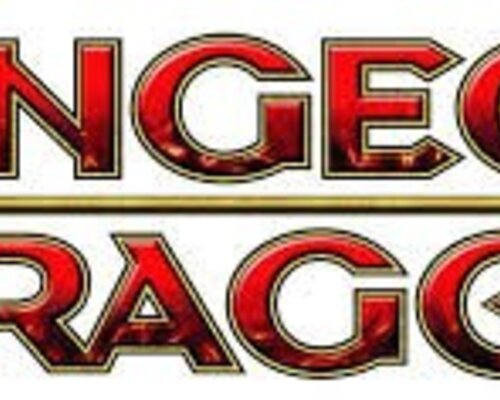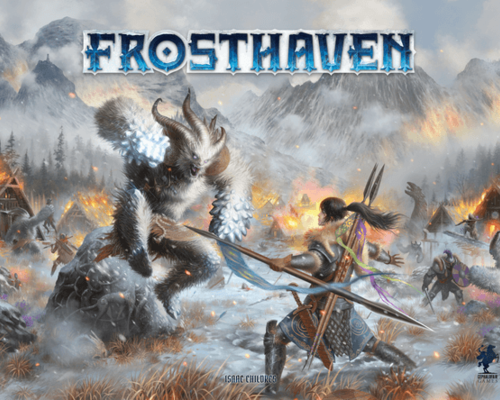Over the last year or two, one of the most frequently asked questions that we have been getting here at Mission: Fun & Games concerns that venerable dame of tabletop Role Playing Games: Dungeons & Dragons. Namely: “I’m (or my child, friend, parent is) looking to get into Dungeons & Dragons, but I don't know where to start.”
Due to its meteoric rise in popularity over the past few years, D&D (as the kids call it, I suppose) has seen a large influx of new players, resulting in what can only be described as a renaissance. But for those who have only encountered D&D through podcasts, Youtube, or by word of mouth from other players, it can be a bit of a dive to get into. Just as often, we get parents coming into the store, whose children are just starting out with the game, looking to surprise them with a birthday or Christmas present to indulge their new interest. Walking into a store and seeing over a dozen books sitting on the shelf can be a bit daunting for someone who is new or unfamiliar to the roleplaying hobby.
Thus, we have put together this handy guide for anyone who is interested in getting into Dungeons & Dragons, but doesn’t know where to start. So strap on your adventuring gear and prepare your spells, as we delve into the first things you’ll need to begin you or your loved one's D&D adventures.
What Should I Buy First?
1. Dice
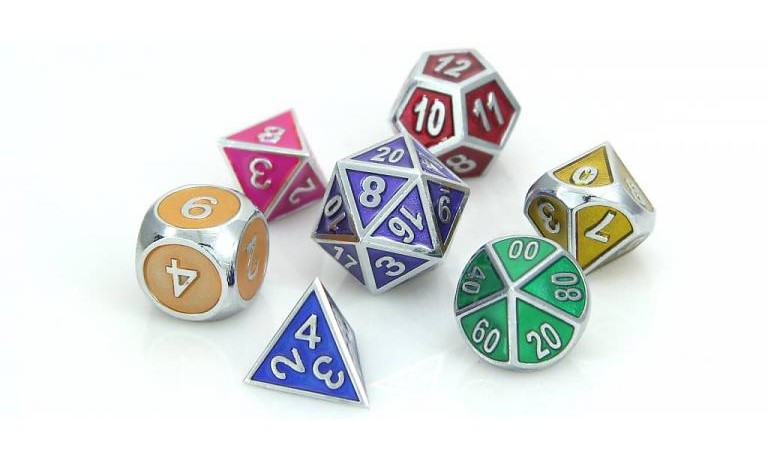
All the colours of the rainbow...
It may seem silly to mention, but the absolute, number one, essential thing you need to play Dungeons and Dragons is dice. In the game, dice are used to determine whether someone succeeds or fails at a task, how much damage they do, and in any other situation where a result is random or uncertain.
Moreover, you will need more than just the basic six-sided dice that everyone is familiar with from Monopoly. D&D uses a total of seven different kinds of dice, each with a different number of sides. To play, you will need at least one: four-sided, six sided, eight-sided, ten-sided, percentile, twelve-sided, and twenty-sided die. Luckily, these seven dice are sold in complete sets, specifically with roleplaying games in mind.
Our store boasts a massive selection of dice cast in all sorts of colours, finishes, and materials. For the budget conscious we have a variety of basic sets for under ten dollars, in flat simple colours. Then again, if you are feeling extravagant, we also have a selection of premium metal dice that may make the perfect gift for the D&D fanatic in your life.
2. Dungeons & Dragons Fifth Edition Starter Set
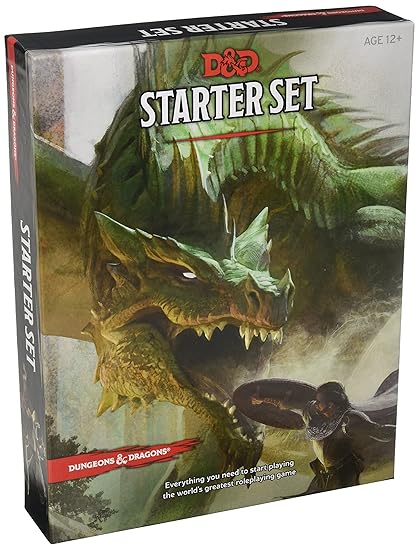
Pictured: the "dragon" half of the title.
The starter set is what we generally recommend for those who have absolutely no prior experience with Dungeons & Dragons or tabletop gaming in general. This handy little box comes with a 32-page rulebook, dice, 5 pre-generated characters, and a 64-page adventure book that will serve as your first foray into the world of D&D.
The main advantage of the Starter Box is the way in which it flattens the learning curve for new players - the simplified rulebook and pre-generated characters minimizes the time required to learn the new rules.The adventure book is laid out in such a way to make it easy for new Dungeon Masters (the player responsible for running the story and non-player characters, as well as acting as a rules judge) to read and to run for the other players. The adventure itself is a great dungeon delve into the Lost Mine of Phandelver, which will see the player characters battling goblins as they explore the titular mine as well as other locales. It is an excellent vertical slice of the D&D experience, and by the end of it players will likely know whether or not D&D is for them.
The other main advantage of the starter box is its price. At $23.95 Canadian before tax, picking it up will set you back less than a night out for two at the movies. The fact that it also comes with its own set of dice, thus negating the need to buy a set, adds to its incredible value.
The cons to buying the starter set as your first purchase are largely the flip side of its pros. While the pre-generated characters make it easy for new players to get into the game, they also take out a large chunk of what makes role playing games fun in the first place - creating your own unique character. After you’ve grasped the essentials of the game, you may begin to yearn for the freedom that comes from designing your own character, complete with their unique backstory, motivations, philosophy, and skills.
Another downside is that the adventure and simplified rules will only allow you to level up your character to level 5 (out of a maximum 20 levels), meaning that your opportunities for growing the starting characters have a defined cap, after which you will need to purchase the Player’s Handbook to continue your journey. For those new players who are reasonably sure that they will be in for the long haul with D&D it may be worth skipping the Starter Box and purchasing our next recommended item…
3. The Player’s Handbook

Doomed adventurer provided for scale.
This 320 page rulebook contains everything you will need to begin making your own characters and begin adventuring. This book is one of three “core books” that, along with the Monster Manual and the Dungeon Master’s Guide, form the complete set of core rules for Fifth Edition Dungeons & Dragons.
Of the three, we recommend buying the Player’s Handbook first, as it contains the largest portion of rules that are technically essential to play the game. Besides character creation rules, the book also contains a full basic equipment list, spell list, rules for leveling up, as well as the complete rules for moment to moment play. The book also contains the complete rules for combat, which makes up a not insignificant part of the game.
The only real downside to getting the Player’s Handbook as your first purchase is its price comparative to the starter box. The fact that you will also have to buy a set of dice, means that the Player’s Handbook represents a slightly larger initial investment into the game. However, if you are reasonably sure that you will be getting into the game for the long term, then you will likely be buying the Player’s Handbook at some time anyway. After playing the Starter Set to exhaustion, the Player’s Handbook represents the next step into the world of Dungeons & Dragons.
What Should I Buy Next?
4. Monster Manual

Don't ask about his optometrist bill.
After deciding which of the two main paths - Starter Set or Player’s Handbook - to take during your first foray into the game, we recommend that your next purchase be the Monster Manual. Filled with dozens of beautiful portraits, descriptions, and statistics of the monstrous denizens of Dungeons & Dragons, the Monster Manual will allow you to populate your games with a plethora of enemies to slay. In its pages you will find goblins and ghouls, beasts and beholders, dragons and… more dragons!
While the Player’s Handbook teaches new players how the basic statistics work, allowing the Dungeon Master to make their own characters and critters, the convenience of being able to pick out monsters from the pages of this book considerably cuts down on the amount of preparation required before each adventure.
It is worth mentioning that most players do not strictly need this book to play the game. Only the Dungeon Master, running the monsters from the Manual, really needs a copy of this book. The same goes for our next recommendation…
5. Dungeon Master’s Guide

When no one answered your facebook post but you really wanted to put together a Thriller flash mob.
Just as it says in its title, this book is a guide that teaches the reader how to be a Dungeon Master. Of the three core books, this is the one that will likely be your last purchase, as only the Dungeon Master needs a copy, and its contents are the least required to play Dungeons & Dragons. That being said, if you are just starting out as a Dungeon Master, the advice and extra rules contained in this book are well worth the investment.
Besides the well written guidelines for being the best DM that you can be, the book also contains a host of optional rules and magic items, as well as rules for designing encounters, monsters, and dungeons. It would be an understatement to say that the book removes a lot of the stress of being a new Dungeon Master.
And Beyond…
Since the release of Fifth Edition in 2014 the Dungeons & Dragons line has grown exponentially over the years. While the items above will likely provide years worth of play, there is a host of other books, accessories, dice, and miniatures available to enhance your play experience.

Pre-written adventures such as the The Rise of Tiamat or Waterdeep: Dragon Heist, provide well written and easy to run alternatives to designing your own campaign if you have trouble finding the time.

Accessories such as the Dungeon Master’s Screen and Adventure Grid help to streamline play and provide useful visual aids. And of course, what’s more fun than adding colorful miniatures to the table so you can act out your epic battles?
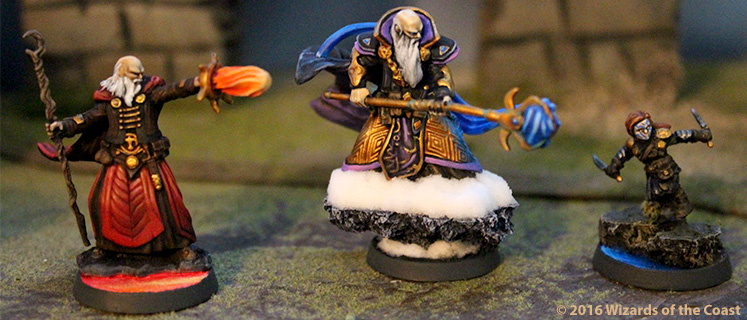
Dungeons & Dragons (and tabletop role playing in general) is a vast and dense hobby, but initially getting into it doesn’t have to feel like getting your teeth pulled. Ultimately, there is no one right way to play, and experimenting with your own styles of role playing is part of the fun. Hopefully this guide will help take some of the hassle out of your first few purchases from the Dungeons & Dragons line.


